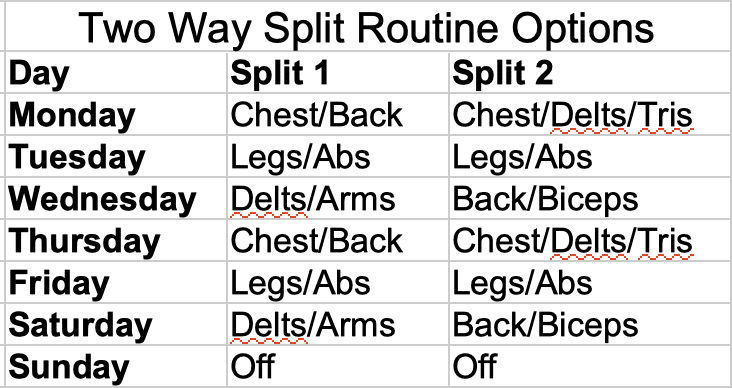Today I want to talk about the back extension exercise, which I often is not always include in workouts. Yes, other movements such as the Romanian Deadlift work the low back but it is mostly isometrically. That is, there is no movement in the low back. Or there shouldn’t be. The back extension complements the movement by training the spinal erectors dynamically.
From a safety standpoint, I think there is benefit to working the spinal erectors through full flexion and extension since there are times when the back simply can’t be kept flat. Low back strengthening can also benefit squats and deads simply by ensuring that they aren’t a weak point in the movement. That’s in addition to any safety benefits.
The simple fact is that heavy squats and deadlifts can often go awry during maximal or near maximal sets, folks lose form no matter how hard they try not to; this often involves rounding of the upper or lower back or both. … Keep Reading
